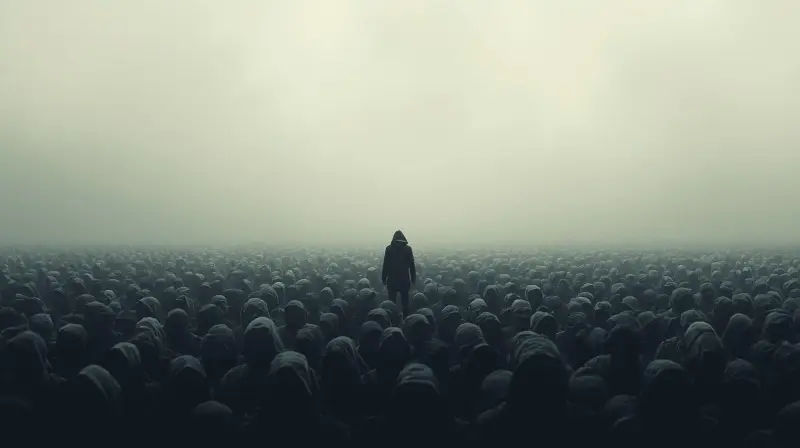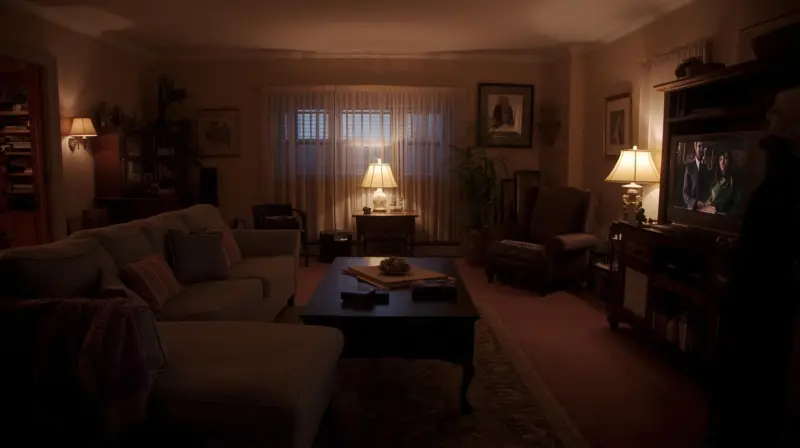The world of fashion influencers seems like a dream. Picture endless free clothes, luxurious vacations, and jet-setting to glamorous events. It’s a carefully curated image splashed across Instagram feeds and YouTube channels, but behind the filter lies a different reality. One that can be demanding, isolating, and even detrimental to mental health.
The Constant Pressure to Perform
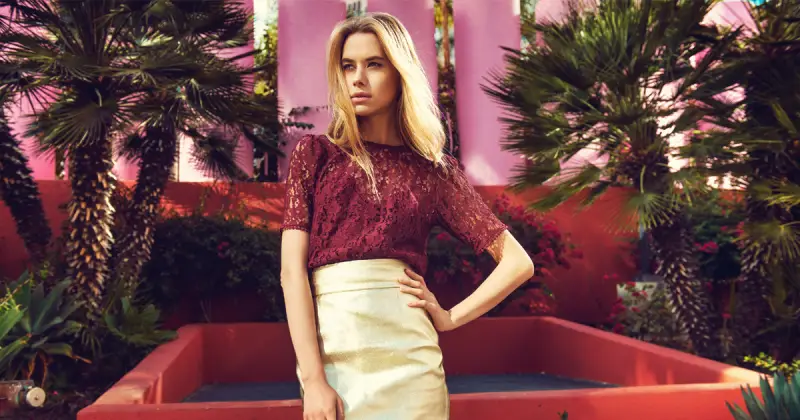
Imagine your entire career hinging on the perfect photo. Influencers constantly battle the tyranny of the algorithm. They need to churn out engaging content daily, adhering to ever-changing trends. This pressure to perform breeds a sense of inauthenticity. Outfits are meticulously planned, poses practiced, and photos heavily edited to achieve the elusive “Instagrammable” aesthetic.
The need for constant validation through likes and comments can be all-consuming. Influencers become reliant on external approval, leading to a distorted sense of self-worth. A bad day reflected in low engagement metrics can spiral into anxiety and self-doubt.
The Never-Ending Workday

Being an influencer isn’t a 9-to-5 job. It’s a 24/7 commitment. Responding to comments, negotiating brand deals, and planning content creation takes up a vast amount of time. There’s a constant pressure to be “on,” leaving little room for personal lives or mental breaks.
The lines between work and life become blurred. Vacations turn into photoshoots, and evenings are spent editing content. This lack of boundaries can lead to exhaustion, burnout, and feelings of isolation.
The Financial Precariousness
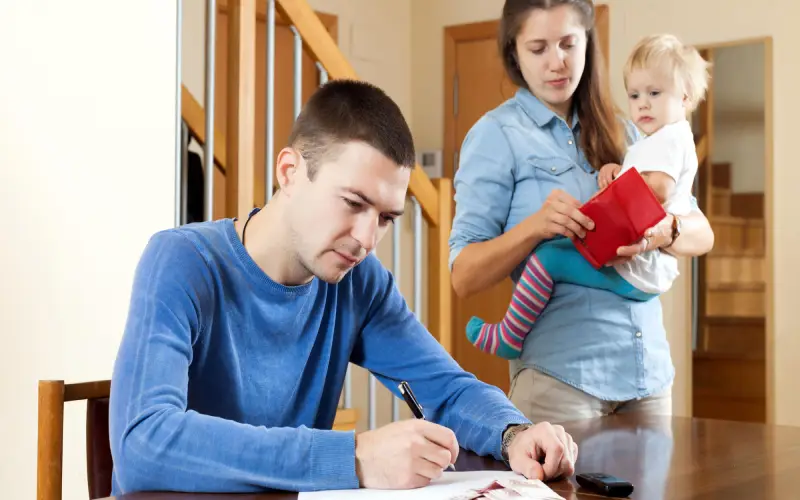
The glamorous lifestyle portrayed online often masks financial insecurity. Brand deals might seem lucrative, but many come with strict requirements and limited payouts. The influencer game is saturated, and competition is fierce. Only a select few reach the top tiers of brand partnerships and sponsorships.
Building a sustainable career as an influencer requires constant growth and audience engagement. This pressure to stay relevant can lead some to chase risky trends or engage in controversial behavior for attention.
The Comparison Trap

Social media thrives on comparison, and the world of influencers is no exception. Constantly bombarded by images of “perfect” lives and flawless bodies can be detrimental to self-esteem. Influencers themselves fall prey to this comparison trap, leading to feelings of inadequacy and social anxiety.
The pressure to maintain a certain image can also lead to unhealthy body image issues and disordered eating. The airbrushed perfection on feeds creates unrealistic beauty standards, impacting not just influencers but also their audience.
A Lack of Community and Support

Despite the online persona of a vibrant community, many influencers experience loneliness and isolation. The competitive nature of the industry can breed a sense of distrust and backstabbing.
The constant performance can also make it difficult to form genuine connections. Building parasocial relationships with their audience, where fans feel a one-sided closeness, can further isolate influencers from real-life support systems.
So, What’s the Solution?

The influencer industry needs a reality check. Brands and audiences alike have a role to play in creating a healthier environment.
- Brands: Focus on long-term partnerships with authentic creators rather than fleeting trends. Prioritize ethical treatment and fair compensation for their services.
- Audiences: Engage critically with influencer content. Be mindful of unrealistic beauty standards and understand the curated nature of online personas. Support creators who promote body positivity and mental well-being.
- Influencers: Prioritize mental health and set boundaries. Focus on building genuine connections with your audience and create content that reflects your true self.
The world of fashion influencers can be a powerful tool for inspiration and self-expression. But for it to be sustainable, a shift in perspective is necessary. By acknowledging the dark realities behind the filter, we can create a space for a more authentic and healthy influencer industry.
Remember: Social media is a highlight reel, not real life. Curate your own feed with diverse voices who promote self-love and acceptance. Don’t get caught up in the comparison trap. Celebrate your individuality and create your own definition of beauty and success.
The High Price of Free Clothes: The Ethical Concerns of Influencer Fashion

Beyond the personal struggles of influencers lies a web of ethical concerns surrounding the fast-fashion industry that fuels their content. The constant demand for new clothes often translates to cheap, mass-produced garments with a significant environmental and human cost.
- Fast Fashion’s Dirty Laundry: The fast-fashion cycle relies on cheap labor, unsustainable materials, and environmentally damaging production processes. Influencers, by promoting fleeting trends and excessive consumption, contribute to this system.
- Greenwashing vs. True Sustainability: Some brands might partner with influencers to appear eco-friendly. However, a single, ethically made capsule wardrobe is far more sustainable than a constant influx of “new” clothes, even if they’re labelled eco-conscious.
- Transparency is Key: Influencers have a responsibility to be transparent about their partnerships. Disclosing sponsorships and brand deals allows followers to make informed decisions about the messages they’re consuming.
Breaking the Cycle: Sustainable Fashion Influencing

There’s a growing movement of influencers who are challenging the status quo and promoting sustainable fashion practices. Here’s what this looks like:
- Quality over Quantity: These influencers advocate for a minimalist approach. They highlight timeless pieces and promote buying well-made clothes that last.
- Second-hand Love: Thrifting and vintage finds are celebrated, showcasing the unique charm and sustainability of pre-loved fashion.
- Supporting Ethical Brands: Influencers can use their platform to shine a light on brands that prioritize ethical production, fair labor practices, and environmentally friendly materials.
- DIY and Upcycling: Revamping old clothes, teaching basic sewing skills, and showcasing DIY projects encourages creativity and reduces reliance on fast fashion.
The Power of Authenticity

The most impactful influencers are those who embrace authenticity. Here’s how they can use their platform to create positive change:
Be Real,
- Be You: Showing the behind-the-scenes process, the effort that goes into content creation, and even addressing the challenges of the industry fosters a sense of connection with the audience.
- Promote Body Positivity: Moving away from unrealistic beauty standards and showcasing diverse body types empowers followers to embrace their own unique beauty.
- Focus on Mental Well-being: Openly discussing the pressures of the industry and promoting self-care encourages healthy conversations and dismantles the illusion of a perfect influencer life.
The Unspoken Rules: The Pressures of Brand Collaborations
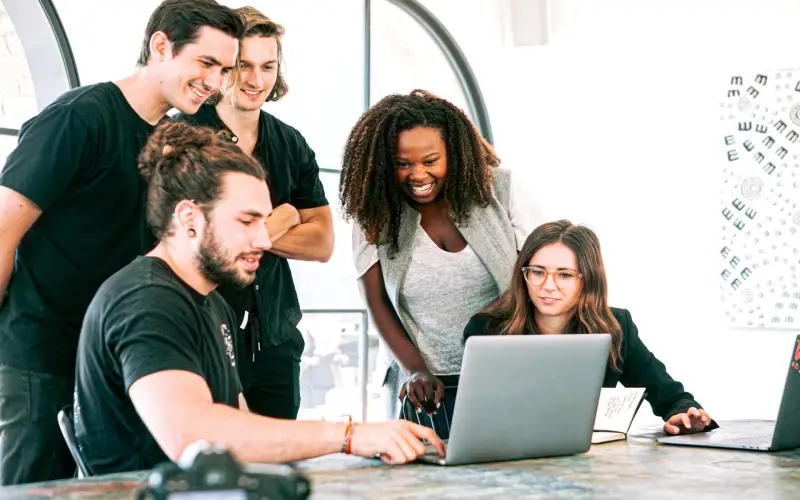
The glamorous world of brand deals often hides a complex web of unspoken rules and expectations. Here’s a glimpse into the influencer-brand relationship:
- Creative Control vs. Brand Guidelines: While some brands allow creative freedom, others have strict guidelines about how products are presented. This can lead to a struggle between authenticity and fulfilling brand obligations.
- The Pressure to Sell: Influencers are often expected to not just showcase products but actively promote sales. This can feel disingenuous, especially if the influencer doesn’t genuinely endorse the product.
- The Metrics Game: Brands judge the success of a collaboration based on engagement metrics like likes and comments. This pressure to drive engagement can lead to clickbait tactics and inauthentic content.
- The Barter System: Many collaborations involve product gifting in exchange for promotion. While seemingly beneficial, influencers often receive excessive amounts of clothing, creating clutter and encouraging overconsumption.
- The Fear of Cancellation: Speaking out against a brand or voicing concerns can lead to the termination of collaborations. This fear can stifle open dialogue and prevent influencers from holding brands accountable.
Breaking Free: Strategies for a Healthier Influencer-Brand Dynamic

There’s a growing trend of influencers rewriting the rules of brand partnerships. Here’s how:
- Negotiate for Creative Freedom: Influencers with established followings can negotiate for greater control over content creation while still fulfilling brand requirements.
- Prioritize Authenticity: Only partner with brands they genuinely believe in and can endorse with honesty. Building trust with the audience is crucial for long-term success.
- Focus on Value Creation: Move beyond sales-focused content and create valuable content like tutorials, styling tips, or reviews that showcase the product’s benefits.
- Advocate for Transparency: Disclose all brand partnerships clearly and honestly. This builds trust with the audience and allows them to make informed choices.
- Build Long-Term Relationships: Foster meaningful connections with brands that share their values. This allows for open communication and a collaborative approach to content creation.
The Rise of the Micro-Influencer: A Shift in Power?
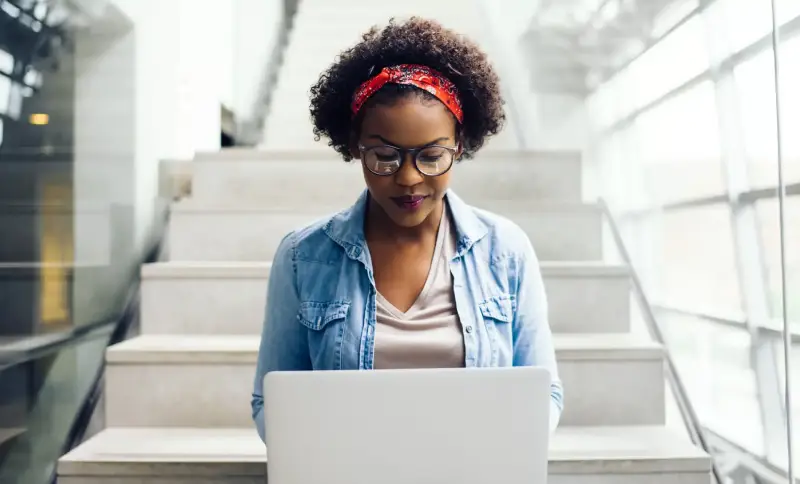
The influencer landscape is no longer dominated by mega-influencers with millions of followers. Micro-influencers, with smaller but highly engaged communities, are gaining traction.
- Building a Niche: Micro-influencers often focus on specific niches, allowing them to connect with a more targeted audience who share their interests. This fosters trust and a sense of community.
- Authenticity Reigns Supreme: With smaller followings, micro-influencers often have more creative freedom and prioritize genuine content creation. This resonates with audiences seeking a relatable voice.
- The Power of Collaboration: Micro-influencers often collaborate with each other, creating content that feels more organic and community-driven.
However, micro-influencers also face challenges. They might have less bargaining power with brands and may struggle to generate consistent income.
The Road Ahead: A More Equitable and Sustainable Influencer Industry
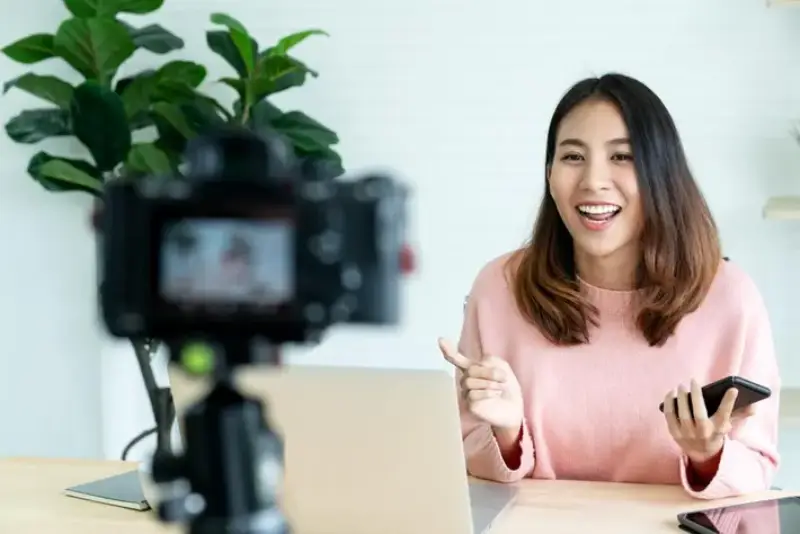
The future of influencer marketing lies in a more balanced and sustainable ecosystem. Here’s what we can expect:
Focus on Value over Hype: Content that educates, inspires, and entertains will take precedence over fleeting trends and inauthentic hype.
- Transparency and Accountability: Both influencers and brands will be held accountable for ethical behavior and transparent communication.
- Mental Health and Well-being: The industry will prioritize the mental well-being of influencers, fostering a healthier and more sustainable work environment.
- Supporting Diverse Voices: A wider range of voices and body types will be represented, creating a more inclusive and realistic portrayal of the fashion world.
By acknowledging the current struggles and working towards creating a more responsible future, the influencer industry can become a powerful force for positive change in the fashion world.
Conclusion: The Future of Fashion Influencing
The influencer industry is evolving. Consumers are becoming more discerning, demanding transparency and accountability. There’s a growing desire for genuine connections and a shift towards promoting ethical and sustainable practices.
Influencers who embrace this shift, prioritize mental health, and utilize their platform for positive change will be the ones who truly shape the future of fashion. The power lies in creating content that inspires, educates, and empowers audiences to make informed choices, both in terms of fashion and self-image.
By fostering a conversation around the dark realities behind the filter and acknowledging the ethical complexities of influencer fashion, we can pave the way for a more sustainable and responsible future for the industry.



